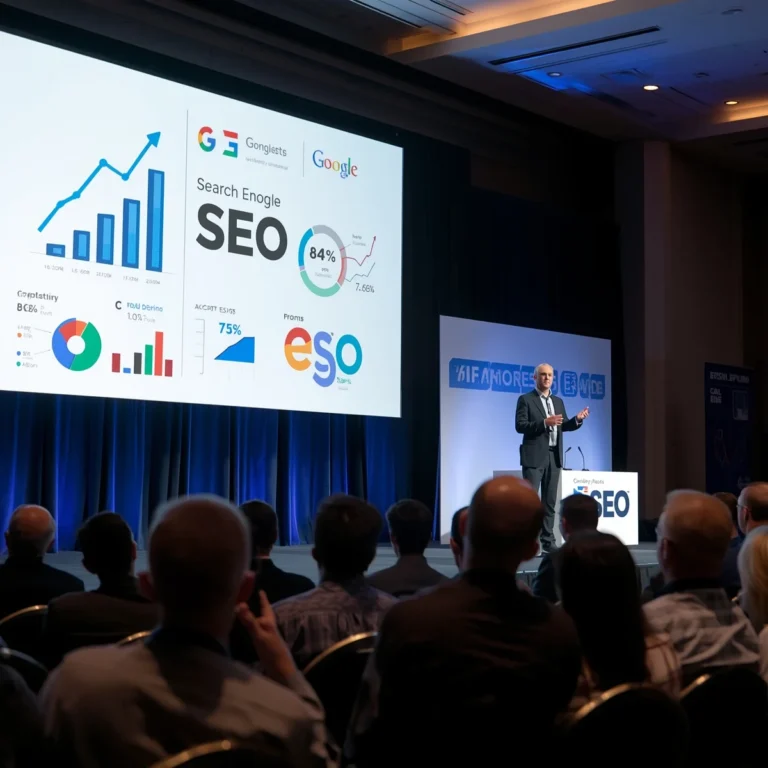Landing a role as a machine design engineer in the semiconductor industry is both exciting and challenging. Companies look for engineers who not only understand the fundamentals of mechanical and electrical design but also have hands-on knowledge of semiconductor manufacturing equipment.
If you are preparing for interviews, you must focus on both your technical expertise and your ability to apply it in real-world engineering scenarios. In this guide, we’ll cover the most relevant technical interview questions for seiconductor machine design engineer roles, along with insights on how to answer them effectively.
Why Semiconductor Machine Design Interviews Are Unique
The semiconductor industry builds the machines that make microchips. These machines are highly precise, complex, and must operate in ultra-clean environments. Unlike general mechanical engineering jobs, here the expectations are higher:
- Precision and Tolerances: Designs often require accuracy at the micron or nanometer level.
- Integration of Multiple Disciplines: Mechanical, electrical, software, and materials engineering all play a role.
- Strict Cleanroom Standards: Every component must minimize particle contamination.
- High Reliability: Downtime in a fab costs millions of dollars, so reliability is critical.
These factors shape the technical interview questions you can expect.
Core Areas of Focus in Interviews
When preparing, make sure you strengthen your knowledge in these areas:
- Mechanical Design Fundamentals – stress analysis, materials, GD&T, and CAD.
- Semiconductor Equipment Knowledge – wafer stages, vacuum chambers, robotics.
- Automation and Motion Control – actuators, sensors, feedback loops.
- Thermal and Fluid Systems – cooling, laminar flow, and gas delivery.
- Problem-Solving & Troubleshooting – diagnosing failures and improving efficiency.
Common Technical Interview Questions
Mechanical Design and CAD
Q1: What are the key considerations when selecting materials for semiconductor machine components?
Answer strategy: Compare aluminum, stainless steel, and composites. Discuss weight, stiffness, corrosion resistance, thermal expansion, and cleanroom compatibility.
Q2: How do you apply GD&T in wafer stage design?
Answer strategy: Explain the importance of tight tolerances, flatness, and concentricity in ensuring precise wafer alignment.
Q3: Which factors influence bearing selection in precision motion systems?
Answer strategy: Cover load capacity, vibration isolation, lubrication type, and long-term reliability.
Semiconductor Equipment-Specific
Q4: Why are vacuum systems critical in semiconductor machines?
Answer strategy: They prevent contamination, allow deposition/etching, and enable accurate processes.
Q5: How would you design a wafer handling robot for minimal particle generation?
Answer strategy: Talk about using smooth surfaces, clean materials, precise motion control, and reducing unnecessary contact.
Q6: What alignment methods are used in photolithography tools?
Answer strategy: Mention high-resolution optical sensors, interferometry, and closed-loop motion control.
Automation and Motion Control
Q7: How do you integrate sensors into semiconductor equipment?
Answer strategy: Explain the use of capacitive, optical, and pressure sensors and their integration with control systems like PLCs or motion controllers.
Q8: What challenges arise in closed-loop wafer stage motion systems?
Answer strategy: Vibration, thermal drift, and latency. Show understanding of PID control or advanced algorithms.
Q9: When would you choose piezoelectric actuators over servo motors?
Answer strategy: When ultra-high precision and fast response are needed, such as nanometer-level positioning.
Thermal and Fluid Systems
Q10: How do you design cooling systems for semiconductor machines?
Answer strategy: Discuss liquid cooling, heat exchangers, and minimizing thermal expansion to maintain precision.
Q11: Why is laminar airflow necessary inside process chambers?
Answer strategy: It ensures particle-free environments by reducing turbulence and maintaining uniform gas distribution.
Q12: What design considerations are important in gas delivery systems?
Answer strategy: Flow uniformity, chemical compatibility, leak-proof seals, and use of CFD simulations for optimization.
Troubleshooting and Problem-Solving
Q13: If a wafer arm loses alignment during operation, how do you diagnose it?
Answer strategy: Check for mechanical wear, recalibrate sensors, inspect motors, and verify control software.
Q14: What steps do you take if a vacuum chamber fails to hold pressure?
Answer strategy: Leak detection, gasket/O-ring inspection, material testing, and using a residual gas analyzer.
Q15: How do you balance cost and performance in semiconductor machine design?
Answer strategy: Talk about modular design, simulation-based optimization, and selecting cost-effective but reliable materials.
Behavioral and Situational Questions
In addition to technical expertise, interviewers often test soft skills. Common questions include:
- Tell us about a time when you solved a complex design issue under pressure.
- How do you handle conflicts within a cross-functional team?
- Describe a project where you had to reduce costs without reducing performance.
Your answers should follow the STAR method (Situation, Task, Action, Result) to stay structured.
Preparation Tips
- Review engineering fundamentals like mechanics, thermodynamics, and materials.
- Practice CAD design skills and be ready to explain your choices.
- Study semiconductor processes such as deposition, etching, and lithography.
- Learn industry trends like EUV lithography, advanced packaging, and automation.
- Do mock interviews to practice speaking clearly and confidently.
Final Thoughts
Facing technical interview questions for seiconductor machine design engineer positions requires a blend of theory, practical knowledge, and clear communication. By preparing across mechanical design, automation, semiconductor equipment, and troubleshooting, you can show employers that you are both technically capable and ready to contribute to real-world challenges.
Remember, interviewers value structured problem-solving and practical thinking as much as textbook knowledge. With thorough preparation, you can confidently step into your next interview and stand out as a top candidate in the semiconductor industry.




